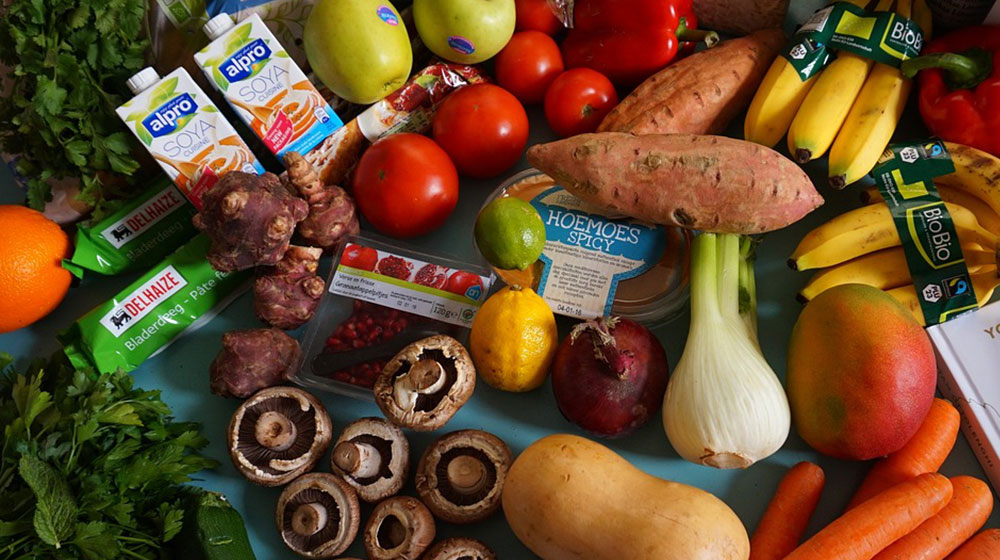Food Programs for Seniors: How Can They Help You

As food insecurity continues to affect millions of Americans, seniors are among the most vulnerable groups. With rising costs of living, many older adults struggle to afford nutritious food, impacting their overall health and well-being. Fortunately, there are federal food assistance programs specifically designed to support seniors in need. Two of the most significant initiatives are the Senior Farmers’ Market Nutrition Program (SFMNP) and the Commodity Supplemental Food Program (CSFP). These programs aim to provide access to healthy, nutrient-rich foods while promoting improved dietary habits among seniors.
Let’s dive deeper into how these programs work and how seniors can benefit from them.
Senior Farmers’ Market Nutrition Program (SFMNP)
The Senior Farmers’ Market Nutrition Program (SFMNP) was established to improve the nutritional status of low-income seniors by providing them with access to locally grown, fresh fruits, vegetables, herbs, and honey. This program not only benefits seniors but also supports local farmers by boosting demand for their products.
– Eligibility: Seniors must be at least 60 years old and meet income requirements, typically below 185% of the federal poverty level.
– Distribution: Eligible seniors receive vouchers or coupons that can be used at approved farmers’ markets, roadside stands, and community-supported agriculture (CSA) programs.
– Food Items: The vouchers can be exchanged for fresh produce such as fruits, vegetables, herbs, and honey—providing seniors with nutrient-dense food options that are essential for maintaining health.
– Nutritional Support: Seniors can enjoy fresh, locally grown food, which often contains higher levels of nutrients than processed alternatives. This can contribute to better health outcomes, reducing the risk of chronic diseases like heart disease and diabetes.
– Community Engagement: By visiting farmers’ markets and interacting with local farmers, seniors are more likely to participate in their communities, fostering a sense of belonging and well-being.
– Supporting Local Farmers: The program encourages local food systems and supports small-scale farmers by creating a reliable customer base for their products.
Applications for SFMNP are usually handled at the state or local level through agencies such as the Department of Agriculture or the Department of Aging. Seniors can apply during the program’s active months, which typically coincide with the growing season (spring through early fall). Availability of vouchers may be limited, so early application is recommended.
Commodity Supplemental Food Program (CSFP)
The Commodity Supplemental Food Program (CSFP) is another critical initiative aimed at improving the nutritional intake of low-income seniors. Unlike SFMNP, which focuses on fresh produce, CSFP provides a package of USDA commodities that includes shelf-stable foods designed to supplement the diets of participants.
– Eligibility: To qualify for CSFP, seniors must be at least 60 years old and meet income requirements set by the USDA (typically 130% of the federal poverty level or lower). Each state may have specific enrollment processes.
– Food Distribution: Eligible seniors receive a monthly food package from CSFP, which includes a variety of nutritious, shelf-stable items such as:
Canned fruits and vegetables
Canned meats, poultry, or fish
Whole grains, rice, and pasta
Dairy products like cheese or milk powder
Peanut butter or dry beans
– Nutrition Education: CSFP participants also receive nutrition education materials that help them make the best use of the foods they receive, promoting healthier eating habits.
– Improved Nutrition: By supplementing seniors’ diets with nutrient-rich foods, CSFP helps prevent malnutrition and address specific nutritional deficiencies common among older adults.
– Convenience: The program provides non-perishable foods that can be stored for extended periods, making it easier for seniors to manage their food supply and avoid frequent trips to the store.
– Cost Savings: With a monthly box of nutritious food, seniors can stretch their limited grocery budgets further, freeing up money for other essential expenses like healthcare and housing.
Seniors can apply for CSFP through local agencies that administer the program, such as food banks, health departments, or community action organizations. Once enrolled, participants typically receive monthly food packages at distribution sites in their communities.
Combining SFMNP and CSFP for Maximum Benefit
For seniors who qualify for both programs, SFMNP and CSFP can be used in tandem to maximize their access to nutritious food. While SFMNP provides fresh, seasonal produce, CSFP ensures a steady supply of staple foods that can be stored and used throughout the month. Together, these programs form a comprehensive safety net that helps low-income seniors maintain a healthy diet, even in challenging financial circumstances.
Food insecurity among seniors is a growing concern, but programs like SFMNP and CSFP are playing a vital role in addressing this issue. By providing access to fresh produce and shelf-stable foods, these programs not only improve seniors’ diets but also enhance their overall quality of life. Seniors who are struggling to afford nutritious meals should explore these resources, which can significantly reduce the burden of food expenses and promote long-term health.
If you or a loved one may be eligible, contact your local Department of Agriculture or Aging Services to learn more about how to apply for these beneficial programs.







